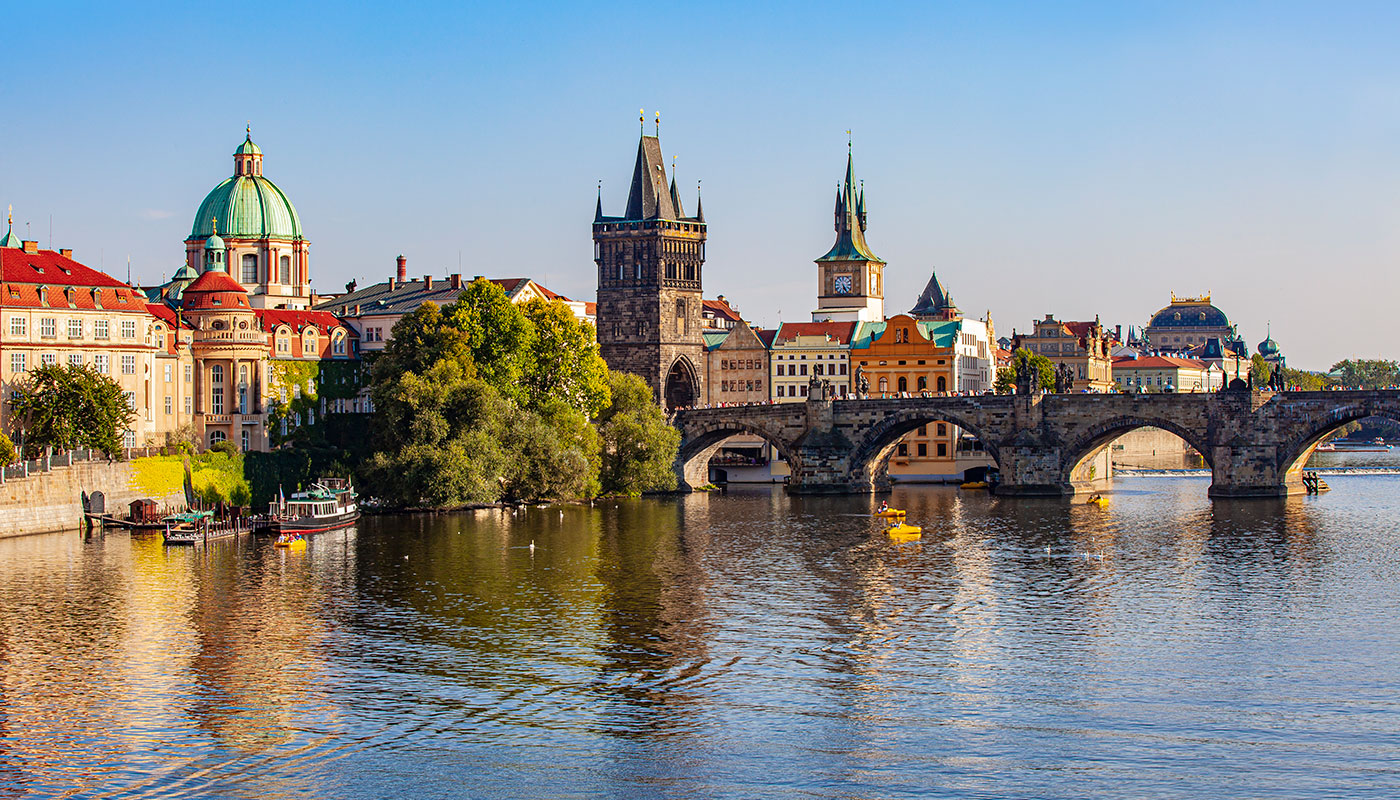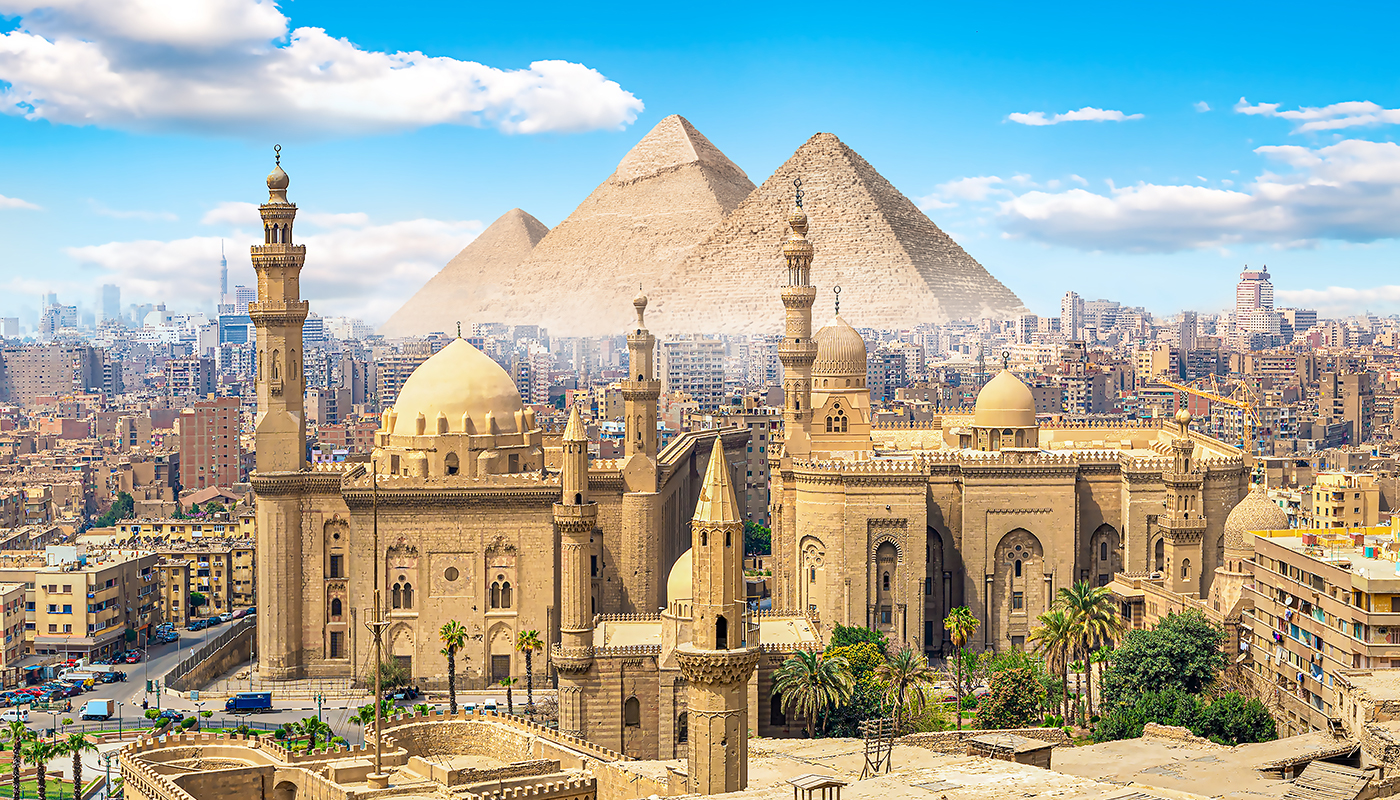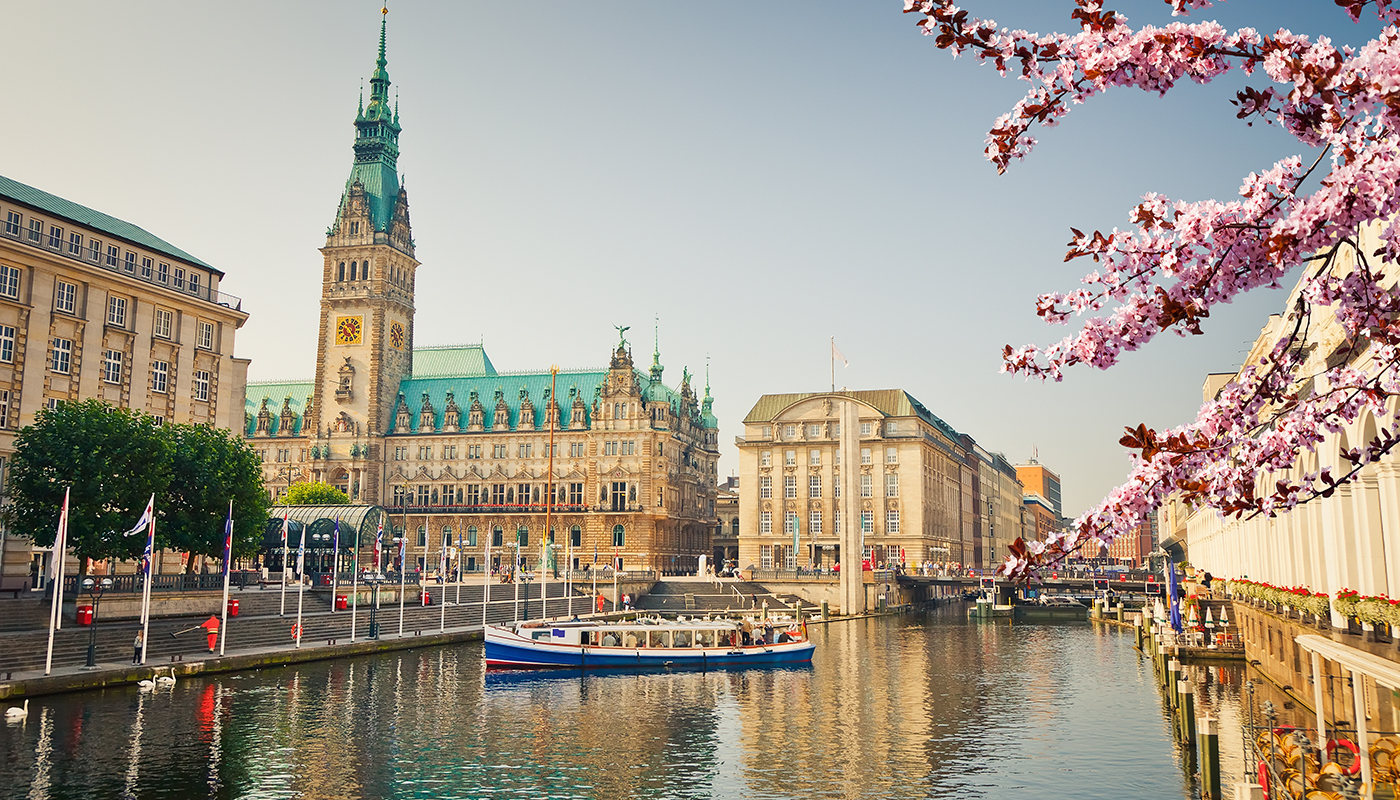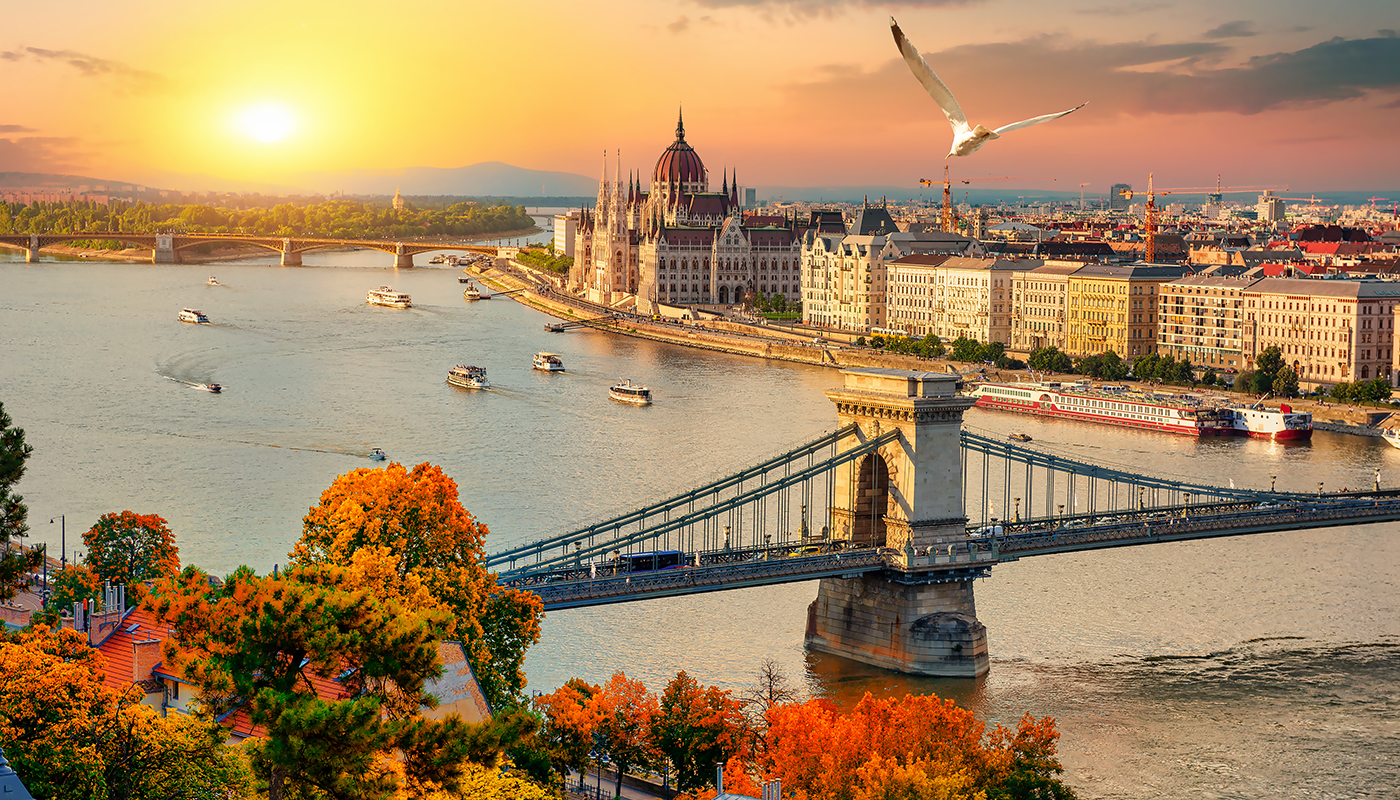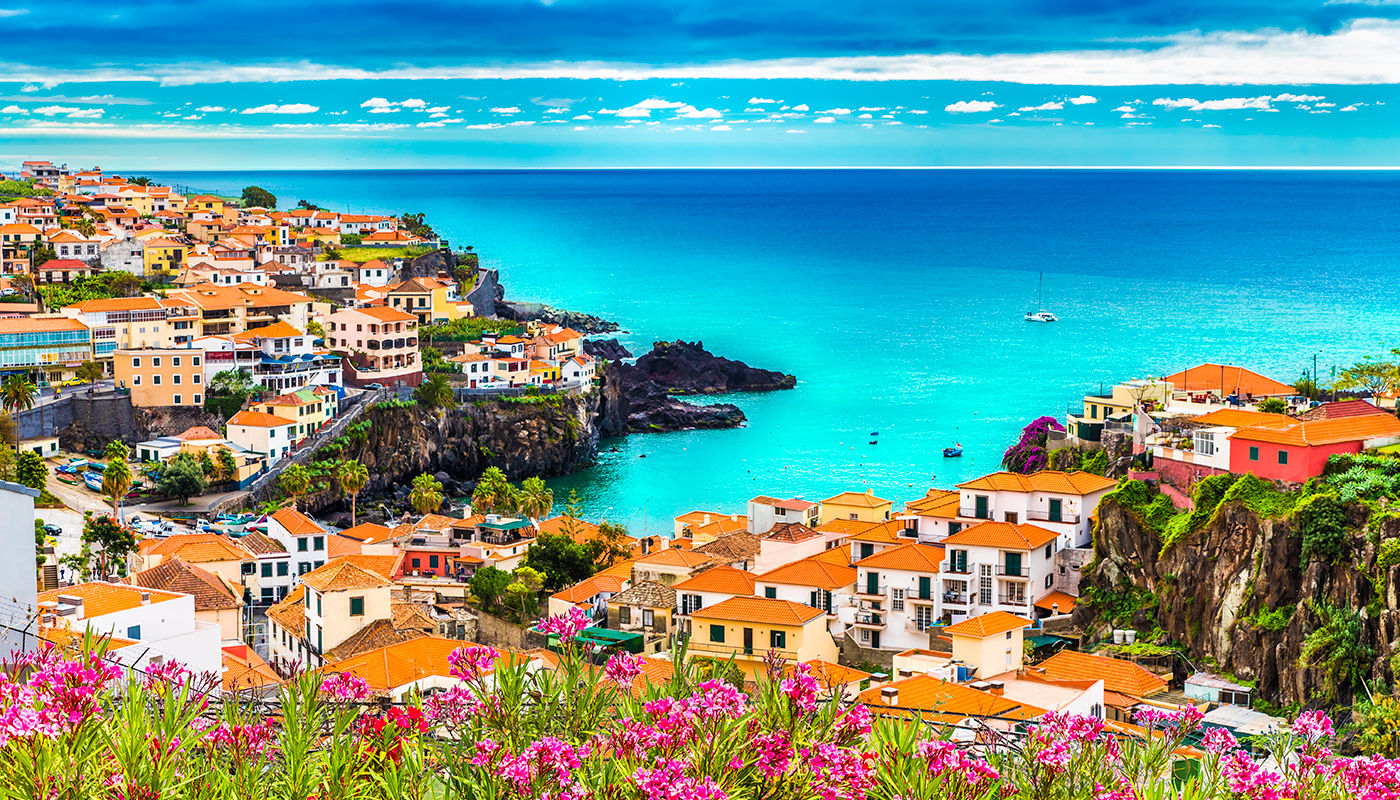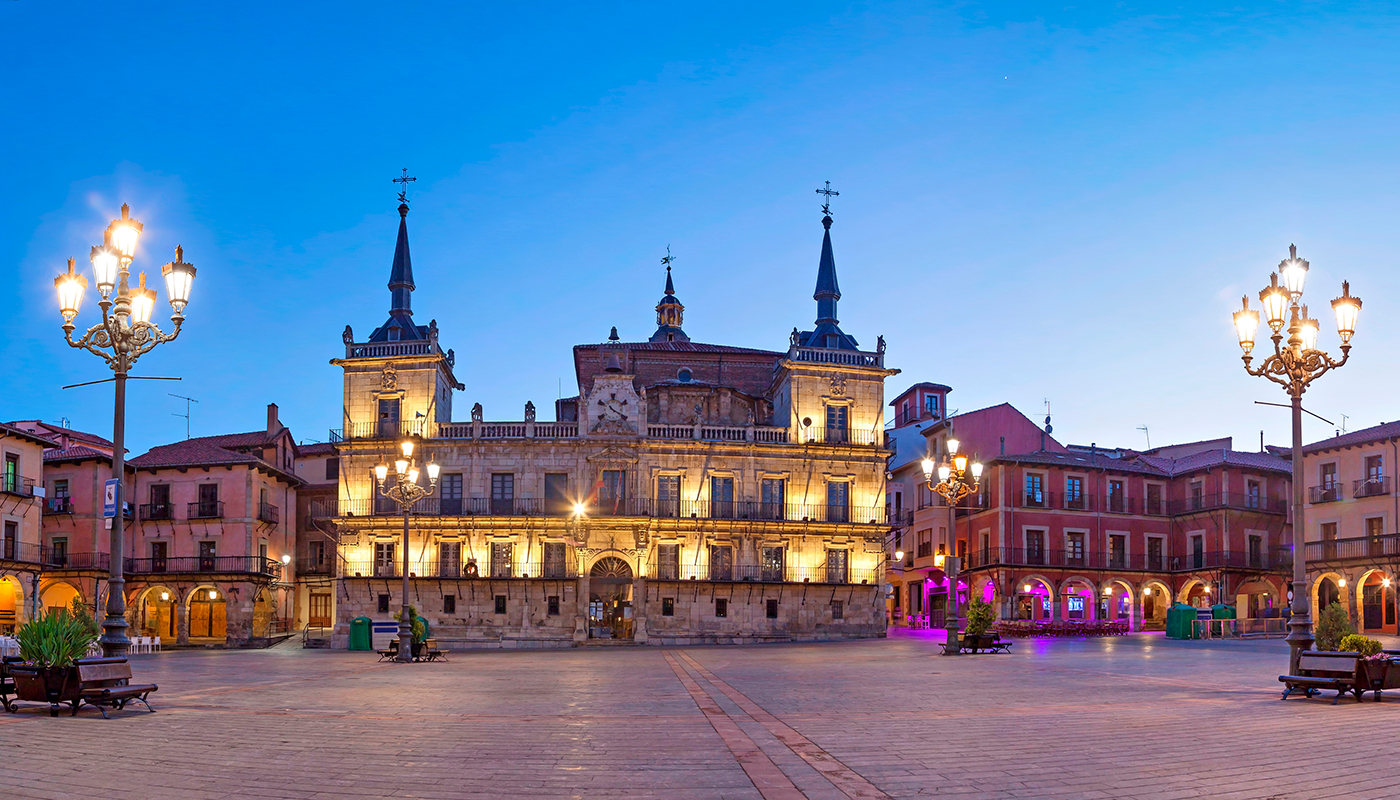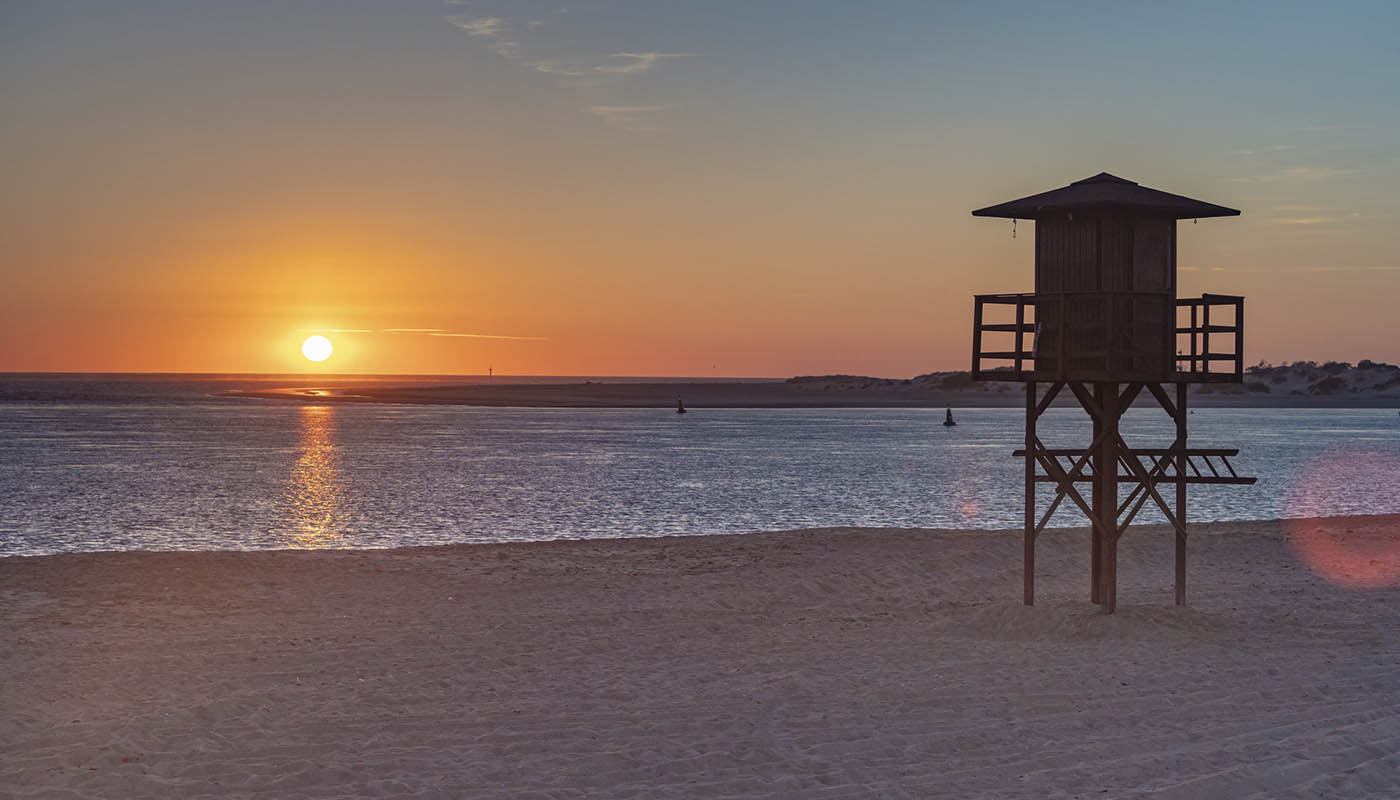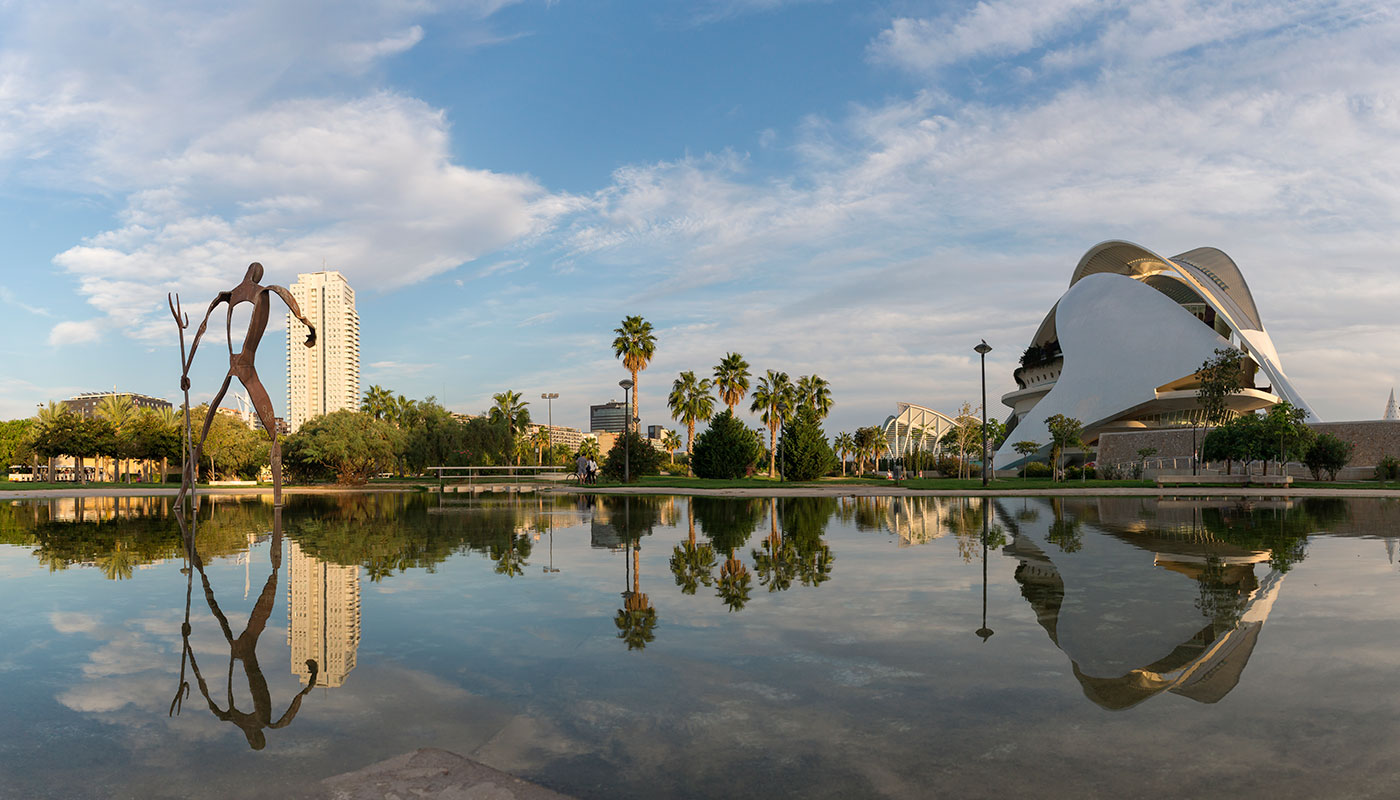Letná Park (Letenské sady, in Czech)—the largest green space in the capital—lies on a promontory on the left bank of Vltava river. Accessible from both Prague’s Jewish Quarter and the large Castle complex, the park—all 52 hectares of it—is a place for sport, leisure and fun. The park’s extensive network of tarmacked paths attracts, above all during the warmer months of the year, skaters and cyclists, groups of young people, families with children, and many more. Similarly, the countless restaurants in the park, housed in small palaces and old pavilions dating from the nineteenth century, allow diners to enjoy Czech food whilst contemplating unbeatable views of the city. And if all of this seems like too much action, then the large, tranquil expanses of grass, surrounded by plane trees, fir, poplars and willows, are more than enough reason to head deep into the park to lie down and read on the grass.
As if that weren’t enough, Letná Park is often used to host all types of events. In 1996, it was chosen by Michael Jackson as the starting point of his HIStory World Tour and, prior to this, Prague’s green space also regularly played host to festivals as important as Letní Letná Festival, an event that, over a period of two weeks, brings together the best of the world of circus and contemporary theatre. If all this seem interesting, be sure to read on.
Letná Park: a brief outline of its history
The history of modern-day Letná Park goes back to the Middle Ages when the area was used by invading armies as a strategic point at which to set up their military camps before attempting to storm the castle. Likewise, during peacetime the area’s extensive meadows were often home to vineyards and gardens, and some nearby quarries were exploited by metal producers.
With the onset of the nineteenth century, the site on which Letná Park (Letná is Czech for summer) now stands began to be regarded by locals as a relatively secluded place where nobles would build their country houses and where poorer folk would go to sunbathe. In the meantime, the municipal authorities began to remodel the area and, as a result, the park we know today was inaugurated in 1858.

During the twentieth century, Letná Park has borne witness to countless events of great significance for the Czech Republic. For instance, the park was home to the first hippodrome in Prague (it was destroyed in a fire during the Second World War), and the first electric railway in the country also passed through it. In more modern times, the park was the scene of mass demonstrations during the Velvet Revolution of 1989, which eventually led to the independence of Czechoslovakia from Soviet power several months later.
Hanavský Pavilion: the best views in Letná
One of the park’s biggest attractions is the so-called Hanavský Pavilion, a beautiful neo-Baroque mansion topped off by a tower, originally built as a ceremonial hall for Prague’s General Land Centennial Exhibition in 1891.
The pavilion was named after its owner, Prince William Hanavský, who also owned the Komárovský steelmaking factory, which, like many other Czech industrial companies, participated in the exhibition. One of the pavilion’s most interesting feats is that it was the first building in Prague to be built exclusively with wrought iron, cement and glass—the preferred materials of the Art Nouveau style that emerged at the time.
These days, Hanavský Pavilion houses one of the top-rated restaurants in Prague, both for its exquisite menu and the panoramic views of the city that can be seen from its viewpoint.

Other tourist attractions in the park
Hanavský Pavilion is the perfect starting point for our tour of the park’s other attractions. Although Kramář’s Villa, the official residence of the Czech Prime Minister since 1914, is situated to the west of the mansion, in the east lies the Red Metronome, one of the park’s symbols due to its size and strange shape. More commonly known as the ‘Time Machine’, the gigantic contraption dates from 1991, the year in which the demolition of the Berlin Wall was completed.

To begin with the metronome was only to be situated in Letná Park on a temporary basis, however it remained permanently on the hilltop, watching over the bustling Czech capital. If there is one thing that characterises the park, it is its panoramic views, which help you understand why Prague is known as the City of 100 Towers. Incidentally, the square behind the park is popular with skaters. As an interesting side note, it’s worth remembering that, decades before, the site on which the metronome now stands was occupied by a Stalin monument, which was blown up by the people of Prague in 1962.
If we continue now in an easterly direction, parallel to Vltava river, we will come to another one of the park’s unique features: the oldest carrousel in Europe. Dating from the late nineteenth century, you’ll be surprised to note its authenticity, which, more than a century later, is still blissfully enjoyed by children. Made in Art Nouveau style with 19 horses covered in real horsehide, the carrousel is an attraction you cannot miss.

What’s more, the carrousel shares the square with Letenský zámeček (Czech for Letná Mansion), a neo-Renaissance-style mansion built for the 1891 National Exhibition. Its original purpose was to connect the railroad tracks of Prague’s first funicular and first electric tram, on an unprecedented route that finished at the nearby Stromovka Royal Game Reserve. These days, in addition to housing a gourmet restaurant, it also shares its garden with the famous Letná Beer Garden (Biergarten Letna-Schlösschen), regarded as the best beer garden in Prague.
Finally, as we come to the end of the park, there is a vestige—the only one in fact—of the exhibit that Czechoslovakia presented at the 1958 Brussels World’s Fair: Bruselský Pavilion (Brussels Pavilion), a glass-fronted building whose geometric, light-filled design recalls the functionalism of the interwar period. And, it will come as no surprise to find that the building these days houses a restaurant, called Praha Expo 58.








